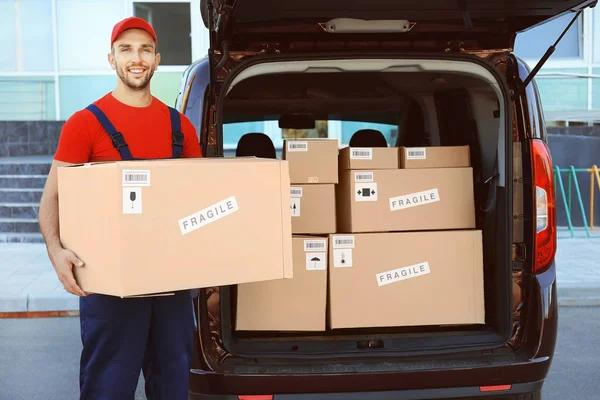
Safe and Secure Car Shipping: A Complete Checklist
Shipping a car, whether across the country or internationally, requires careful planning and attention to detail. Ensuring that your vehicle arrives at its destination safely and securely is paramount. To achieve this, following a comprehensive checklist can help streamline the process and provide peace of mind.
First and foremost, research reputable car shipping companies. Look for businesses with positive reviews, proper licensing, insurance coverage, and experience in handling vehicles similar to yours. Request multiple quotes to compare pricing while keeping an eye out for any hidden fees or unusually low offers that might indicate subpar service. Once you’ve selected a company, confirm their credentials through organizations like the Federal Motor Carrier Safety Administration (FMCSA).
Next, prepare your vehicle before shipping. Clean your car inside and out so you can easily identify any pre-existing scratches or dents during inspection. Take detailed photographs from various angles as evidence of its condition prior to transport; these will be useful if disputes arise later regarding damages incurred during transit.
Remove personal belongings from the car since most carriers prohibit transporting items other than the vehicle itself due to liability concerns. Additionally, ensure that all loose parts—such as antennas or custom accessories—are either removed or secured properly to prevent get more comprehensive information damage during transit.
Check fluid levels in your car and address any leaks beforehand. Some shipping companies may refuse vehicles with significant mechanical issues unless disclosed upfront. Reduce fuel levels to about one-quarter of a tank; this minimizes weight while still allowing enough gas for loading/unloading purposes.
Verify insurance coverage provided by the shipping company along with your own auto policy’s terms related to transportation incidents. Understanding what is covered ensures you’re prepared should anything unexpected occur en route.
On pickup day, conduct another thorough inspection alongside the driver assigned by the transport company. Document everything on a bill of lading—a formal receipt detailing vehicle condition—which both parties must sign off on before shipment begins.
Stay in communication throughout transit for updates on progress until delivery occurs at its final destination point where another inspection takes place upon arrival completion ensuring consistency matching prior documentation records verifying no new damages sustained completing transaction smoothly concluding safe secure successful automobile shipment journey stress-free satisfaction guaranteed!
